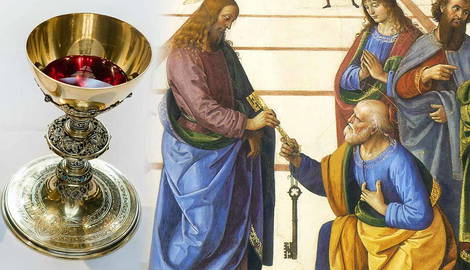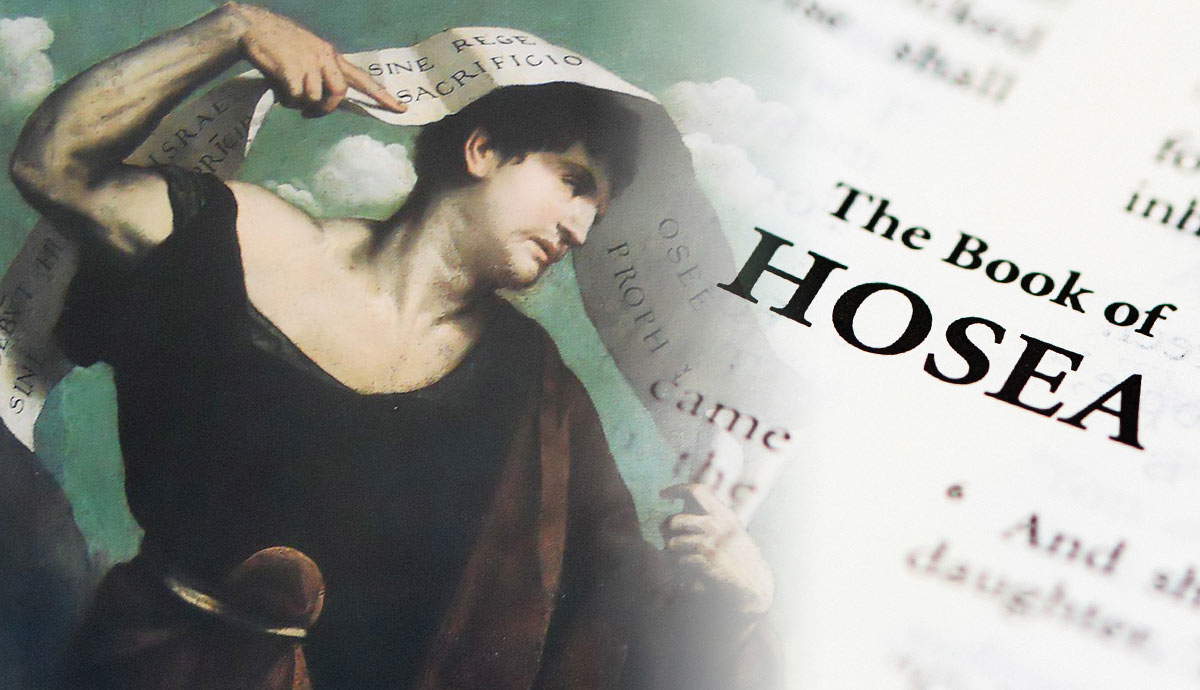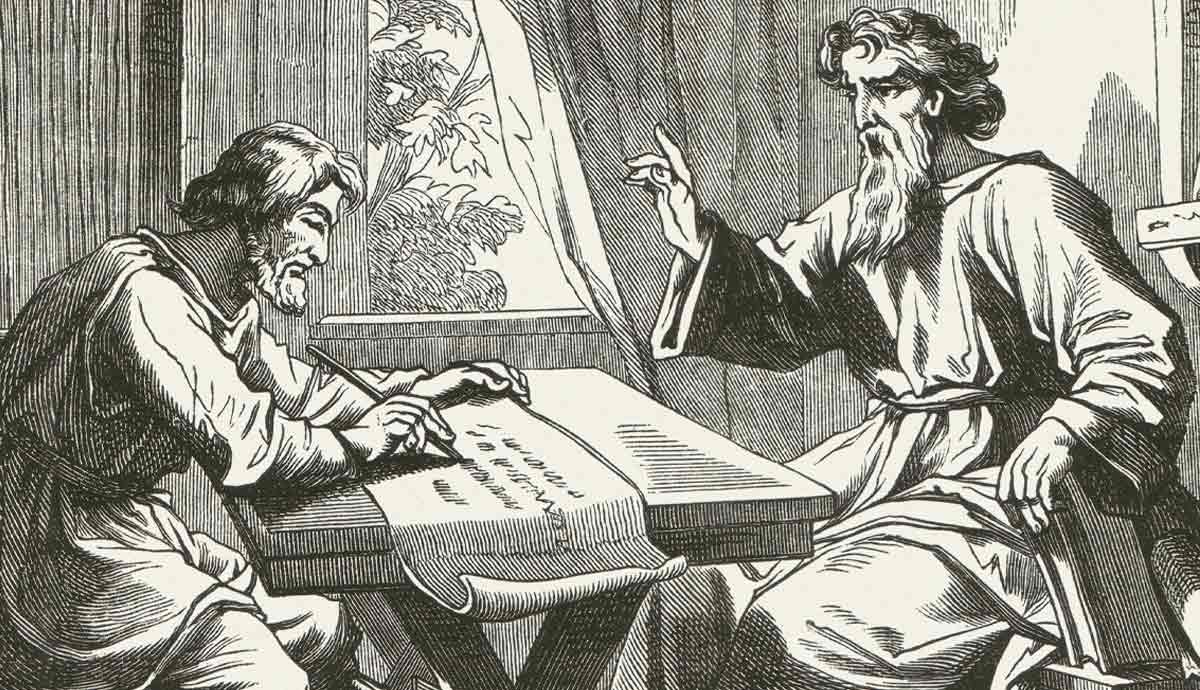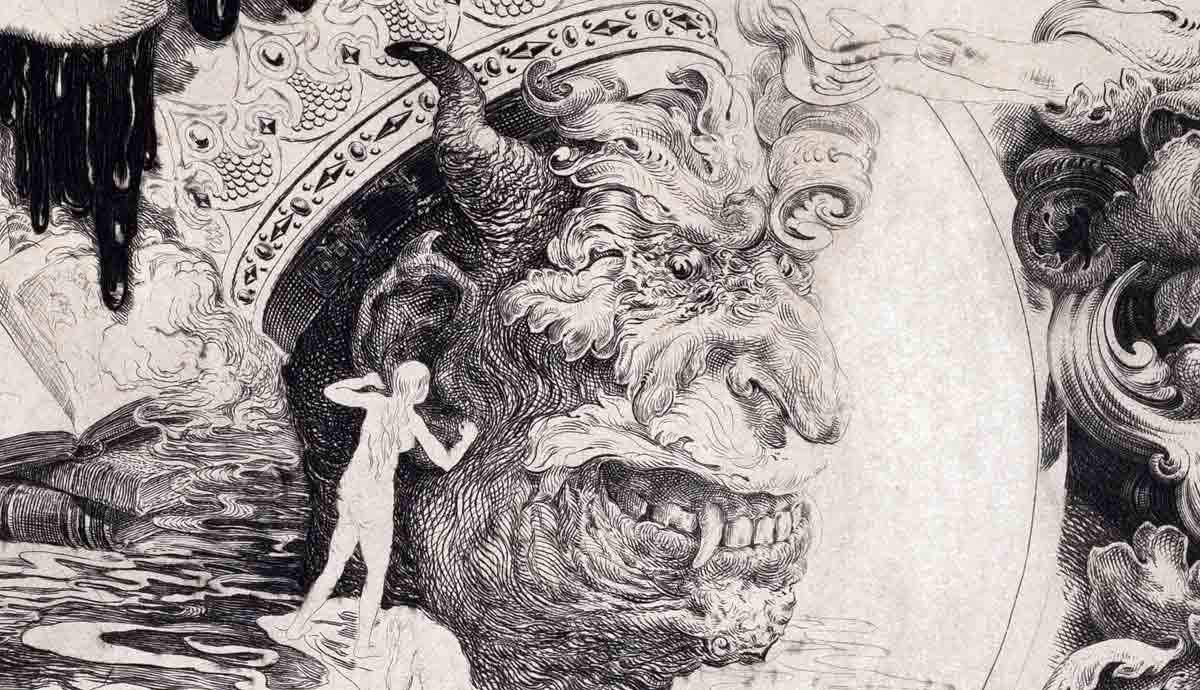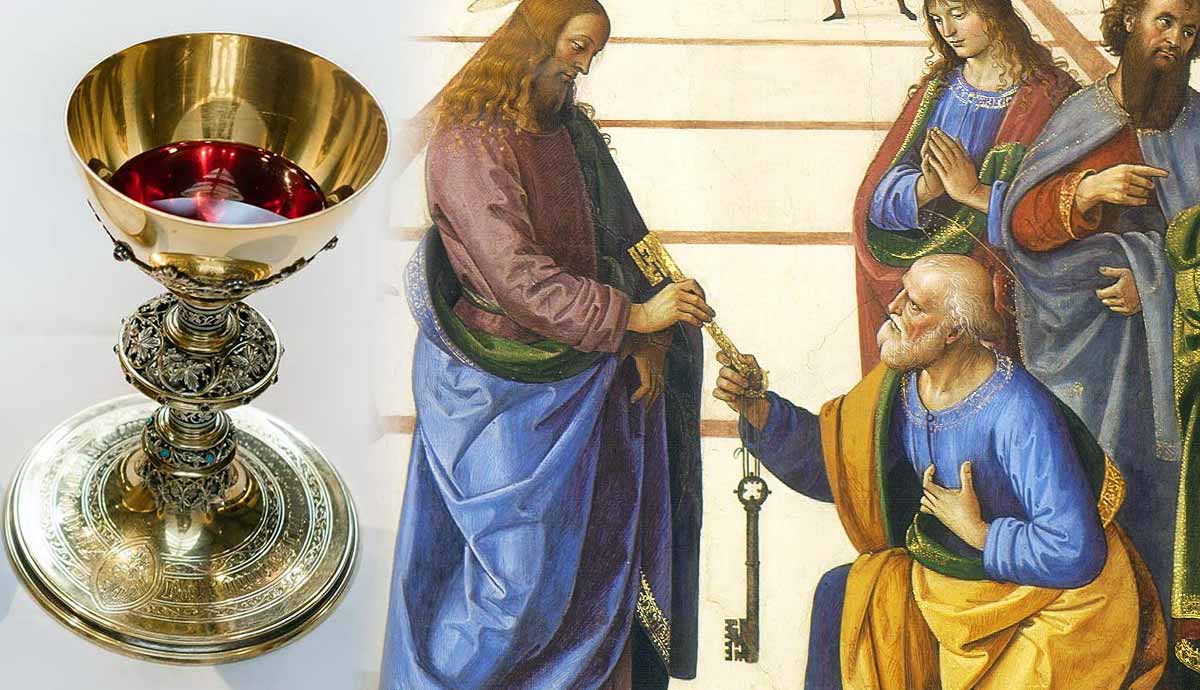
The Roman Catholic Church traces its origin to the apostles and specifically to Peter. They are by far the largest denomination of Christianity with more than 1.2 billion Roman Catholic believers worldwide. The Church played a significant role in history and had a marked influence on Western civilization by wielding political and religious power. The Pope heads this institution, headquartered at Vatican City, a city-state in Rome, Italy.
What Are the Origins of the Roman Catholic Church?

Catholic is a Greek word that means “universal.” It expresses the unity of the church, its universal presence across the planet, and the unity of the faith it professes.
Roman Catholics believe in the apostolic succession, meaning bishops represent an uninterrupted and direct line continuing from the first apostles of Jesus Christ. Peter, as the foremost among the apostles, is considered the first pope and based on his primacy, the pope has primacy of authority among the bishops of the Catholic Church. As such he symbolizes the unity of the church and fulfills the function of guardian of the traditions of the Church.
General Beliefs

Throughout Christian history, several councils were held to define and refine statements of faith known as “creeds.” The Catholic Church first professed the Apostolic Creed and later the Nicene Creed. It clarified the Church’s stance on the nature of God as set forth by the First Council of Nicaea in 325 CE.
Roman Catholics believe in the Trinity: God the Father, the Son, and the Holy Spirit, as three distinct yet inseparable persons. Catholics also believe God imparts his grace through the seven sacraments that Jesus instituted. There are three initiation sacraments, two healing sacraments, and two sacraments of service.
Initiation Sacraments

Baptism
The first sacrament is baptism which is a symbol of cleansing and marks the event where the baptized person becomes a member of the Roman Catholic Church. Initially, baptism was performed by immersion, which is why old basilicas often have a separate structure called a baptistry to facilitate the practice. Due to the cold climate in Europe during winter months, immersion was impractical and potentially dangerous. It was gradually replaced by affusion (pouring water over the head).
The Eucharist
The Eucharist in the Catholic Church tradition is a broad term that includes the practice of receiving Holy Communion. Eucharist means “thanksgiving” and was instituted by Jesus at the Last Supper.
Confirmation
In the Roman Catholic Tradition, confirmation is the ceremony where the Holy Spirit empowers the believer to take ownership and responsibility for their faith and spiritual growth. Though ages may vary, Confirmation usually occurs around 14 to 16 years of age. In some traditions, a confirmation name is given during the ceremony, often one of a saint the person confirmed wishes to emulate.
Healing Sacraments

Reconciliation (Confession)
With confession, the believer enters a confessional and confesses sins to a priest. The priest has the authority to forgive the confessed sin and reconcile the believer with God.
Anointing of the Sick
Seriously ill people or those suffering the infirmities of old age may receive the sacrament of anointing. Catholics believe the sacrament empowers the receiver to endure the suffering and may lead to physical and/or mental healing.
Sacraments of Service

Holy Orders
The sacrament of ordaining people into certain offices allows them to perform service in one of three levels: as deacons (Diaconate), priests (Presbyterate), or bishops (Episcopate) in the Church. It is done by the laying on of hands and a prayer of dedication.
Matrimony
This sacrament confirms a marriage between a man and a woman, signifying their lifelong covenant of love, fidelity, and mutual respect.
Mass
The central liturgical act of worship in the Catholic Tradition is called Mass. It is a representation of the sacrifice of Christ on the cross and includes the sacrament of the Eucharist.
The beliefs of the Roman Catholic Church are compiled in the Catechism of the Catholic Church which is a comprehensive summary of the teachings and doctrine of the Catholic Church.
Distinct Beliefs

Unlike Protestant churches that believe in “the Bible and the Bible alone” principle, the Roman Catholic Church relies on the Bible and sacred tradition as a source for doctrine and teaching. The “apostolic tradition” refers to the teaching of the apostles which was not explicitly captured in scripture. The “living tradition” refers to the dynamic nature of tradition in dogma and the liturgy of the Church, which may change over time, though remaining essentially true to the apostolic tradition. Catholics believe the Bible and tradition are intimately connected and that tradition helps with interpreting the Bible.
The Catholic Bible contains 73 books, 7 more than the Protestant Bible. This is due to the seven Apocryphal books it includes, namely Tobit, Judith, Wisdom, Sirach (Ecclesiasticus), Baruch, 1 Maccabees, and 2 Maccabees. In addition, the books of Esther and Daniel have sections that Protestant Bibles do not include in their canon.
A common misconception about Catholics is that they worship Mary. They do not, but they believe in Mary’s “Immaculate Conception,” meaning she was sinless (not contaminated by Original Sin) and was ever a virgin, before and after the birth of Jesus. Catholics believe Mary is the greatest among the Saints, and they pray to her, believing she has a special intercessory function for those who call on her and she intercedes on their behalf with God.
Catholics believe that believers can also call on the saints other than Mary to intercede for them with God. They do not worship these saints but may pray before images of them which may inspire them to remember the piety and holiness of these mediators.

The Catholic Ten Commandments are not the same as those in the Bible. In the Catholic tradition, the second commandment listed in Exodus 20 and Deuteronomy 5, which forbids carved images, is omitted, the fourth commandment refers to the Lord’s Day, not to the Sabbath, and the last of the biblical Ten Commandments is split in two as the ninth and tenth commandment in Catholicism. These commandments forbid coveting your neighbor’s wife (9) and your neighbor’s goods (10).
Catholics believe the pope is the vicar of Christ, giving him supreme and universal primacy and headship over the Church on earth. The term “vicar” means representative or “substitute” and is a title the pope has as apostolic successor to Peter.
Catholics believe that the bread and wine used during communion literally become the flesh and blood of Jesus. This happens due to the miracle of transubstantiation, though the appearance of the bread and wine remains the same.
In Catholicism, purgatory is a temporary state where souls who have died in a state of grace but still need to be purified from venial sins or temporal punishment due to sin, can be sanctified before entering heaven. It is not a place of punishment like hell but a process of cleansing. Catholics believe that prayers, masses, and good works by the living can help expedite the purification of souls in purgatory, allowing them to enter heaven more quickly. Historically, the Church sold indulgences that would lessen the time required in purgatory.
What Is the Structure of the Roman Catholic Church?

The hierarchy of the Roman Catholic Church has six layers. At the bottom, there is the laity, consisting of members of the congregations who have not been ordained to perform any specific functions in the Church. They are not considered a layer in the hierarchy. Some laity may belong to religious orders, such as the Jesuits, Franciscans, Dominicans, and Benedictines. To become part of an order, a vow is made to live according to the standards and rules of that order.
The first level is the deacons who are part of the clergy and assist priests and bishops in ministering to the congregation. Serving on this level is a prerequisite for becoming a priest. Those aspiring to climb the hierarchical ladder in the Catholic tradition are called transitional deacons. They assist in liturgical functions such as preaching, baptizing, witness marriages, and performing funerals, for twelve months.
The second level is the priests. Priests are transitional deacons who have undergone the Rite of Ordination and now minister under the authority and oversight of bishops. They are authorized to minister during Mass, administer sacraments, provide pastoral care, and lead various ministries and programs within their parishes or other assignments.
Bishops are on the third level of the Catholic hierarchy. They are scholars who hold a doctoral degree in Theology and govern local areas called dioceses. The Bishop is the fullest level of the Sacramental Orders.

Archbishop
The first part of the title Archbishop comes from the Greek word archon which means “chief.” As the name suggests, an Archbishop is chief over a group of bishops in a specific geographical area.
Cardinal
The second highest level in the Catholic hierarchy is that of Cardinal. Cardinals make up the College of Cardinals. They participate in the conclave where the next pope is selected. Most Cardinals have specific duties within the Roman Curia or governmental body of the Holy See. Cardinals may only serve to the age of 80.
Pope
The Pope is the highest office in the Roman Catholic hierarchy. He holds ultimate authority in the Roman Catholic Church. The pope is selected in a conclave that convenes in the Sistine Chapel and the Cardinals that vote there do not leave until the next pope has been elected. There is no age limit for a pope, and they generally serve until they die. Resignation or abdication from the Papal throne is a rare occurrence. Pope Benedict XVI who resigned in 2013 was the latest pope to resign. Pope Francis currently serves as pope.
